
Starting out as a second shooter at weddings can feel overwhelming. Between managing gear, coordinating with the lead photographer, and capturing crucial moments, there’s a lot to handle. But don’t worry – we’ve helped train dozens of second shooters over the years, and we’re here to share everything you need to know to excel in this role.
Before taking on this role, it’s essential to understand how to handle indoor wedding lighting and familiarize yourself with a typical wedding photography timeline and the necessary photography equipment. As a second shooter, you’ll often be tasked with capturing getting ready photos and assisting with detail shots. For those considering this path, we strongly recommend learning how to photograph your first wedding by second shooting with experienced professional photographers (That is just one step of 8 we recommend in the full guide on how to become a wedding photographer). Now, let’s dive into the essential skills and knowledge you’ll need to become a trusted second shooter.
Table of Contents
Understanding the Role of a Second Shooter
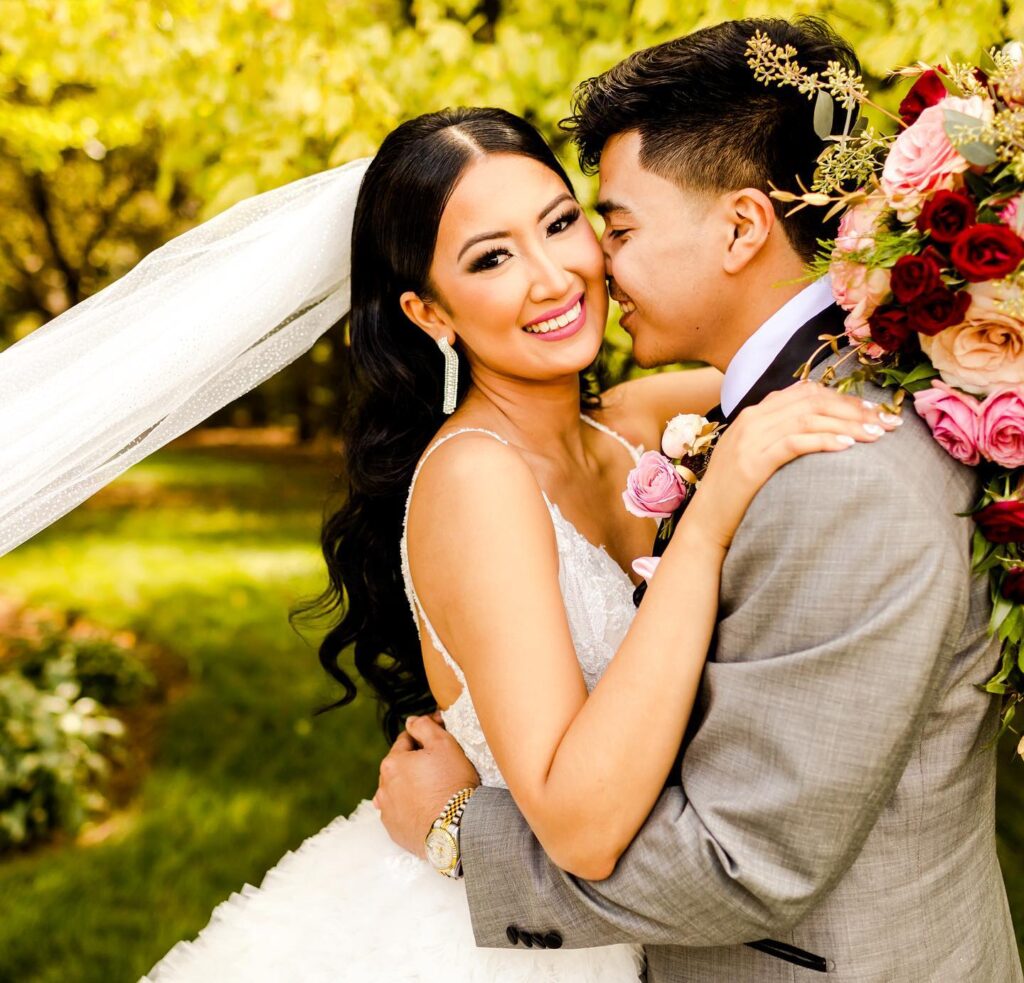
Being a second shooter is much more than just being an extra camera at the wedding. Your role is to complement the lead photographer’s coverage while maintaining their established style and approach. Think of yourself as the supporting actor who helps make the main story even better.
As a second shooter, you’ll need to master the art of anticipation. When the lead photographer is capturing the couple’s first kiss, you should be ready to photograph the parents’ reactions. During formal portraits, while the lead photographer directs the main shots, you’ll capture authentic candid moments and alternative angles that add depth to the final gallery.
One common misconception is that second shooting is just for beginners. The truth is, many experienced photographers regularly second shoot to maintain diverse portfolios and network within the industry. Plus, the typical rate for skilled second shooters ranges from $50-75 per hour in most markets, making it a pretty sweet side hustle.
The key to success? Having a thorough pre-wedding discussion with the lead photographer about their expectations, shooting style, and delivery requirements. We’ve found that clear communication from the start prevents confusion and helps create a seamless experience for everyone involved.
Essential Gear and Preparation
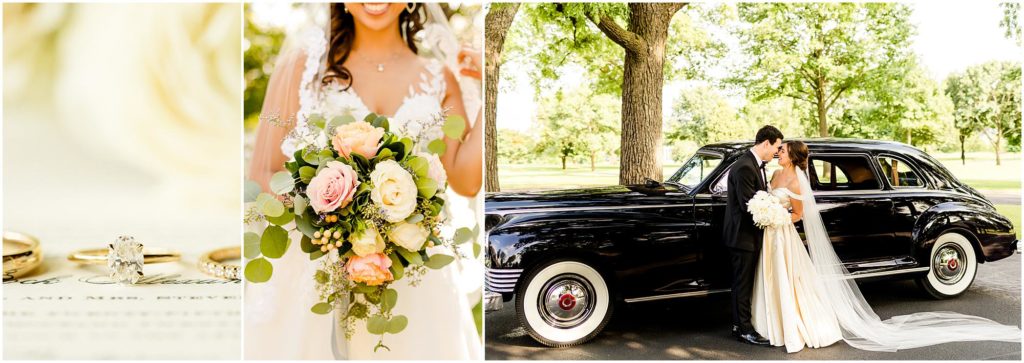
Nothing tanks your confidence faster than being unprepared on a wedding day. A professional second shooter needs to show up ready for any situation. Your basic kit should include two camera bodies (yes, two – gear fails at the worst moments), at least 2 lenses(24-70mm, 35mm, and 50mm are probably your most often used lenses), and plenty of memory cards and batteries.
While on the topic of memory cards, develop a solid management system. We recommend having at least 128GB of total card capacity (We would suggest you be ready to fill 2 64GB SD cards on a typical 8-10 hour wedding day but don’t limit yourself to just bringing 2) and never filling any card beyond 90% to prevent data loss. Format your cards before each wedding, and always bring more than you think you’ll need.
Another important thing to be concerned about is dress. Dress professionally in dark, neutral colors that won’t draw attention. Comfortable shoes are non-negotiable – you’ll be on your feet for 8+ hours. Pack an emergency kit with basics like pain relievers, band-aids, and energy bars. Trust us, you or someone else will need something from that kit during the day.
Working with the Lead Photographer
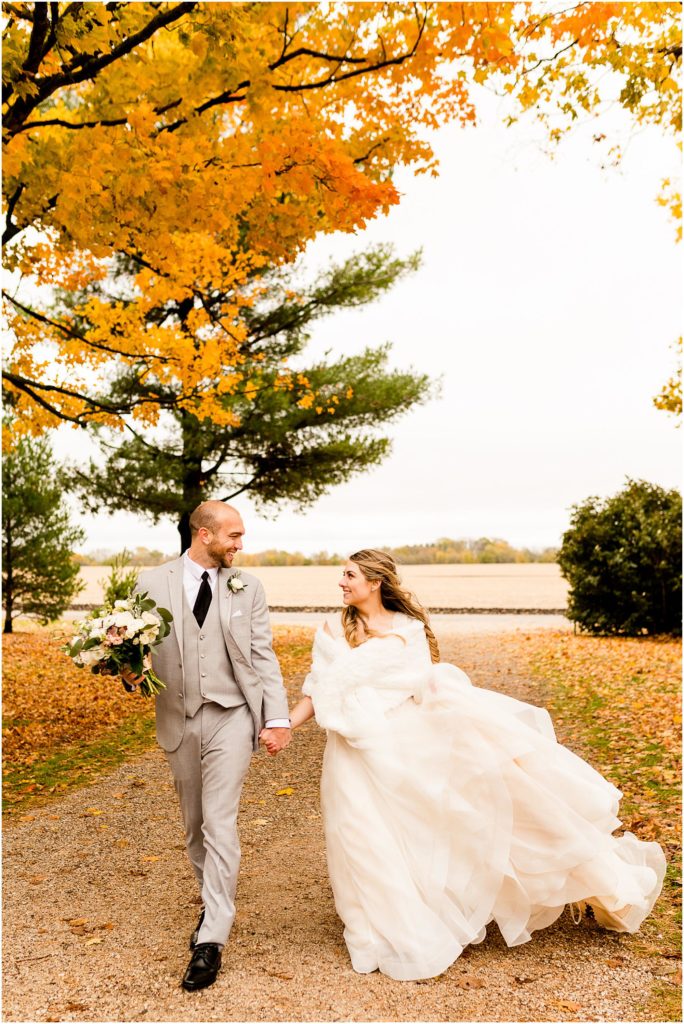
Successful second shooting hinges on seamless coordination with the lead photographer. Before the wedding, get clear directions about coverage expectations, preferred shooting positions, and any off-limits locations or moments. Some lead photographers want you to stick close by, while others prefer you to roam independently – knowing these preferences upfront is so vital and will make you standout if you are upfront about asking.
During the ceremony, position yourself opposite the lead photographer to capture different angles. Be mindful of sight lines and avoid crossing into the lead’s frame. Remember, if you can see the lead photographer, they can probably see you too – and that’s not great for their shots.
Use silent shooting modes when possible, especially during ceremonies. If you need to communicate with the lead photographer during quiet moments, establish hand signals beforehand. Simple gestures for “I’m going to shoot from over there” or “check this angle out” can be incredibly helpful.
Key Moments and Shot Types to Capture
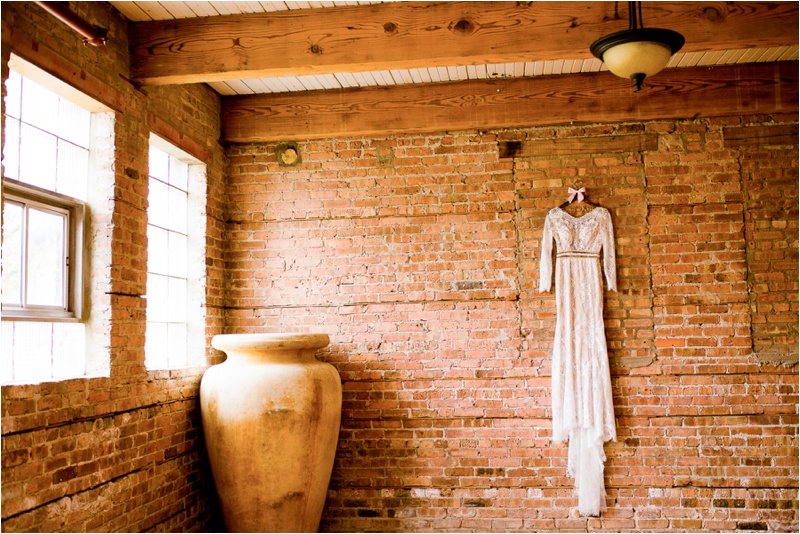
A skilled second shooter knows exactly what to photograph and when. During getting ready coverage, focus on candid moments and details the lead photographer might miss while capturing the main action. Look for emotional parent reactions, quiet moments between friends, and those small details that help tell the complete wedding story.
Reception coverage is your time to shine with creative angles of traditional moments. While the lead photographer captures the couple’s first dance head-on, get low or find an elevated position for a unique perspective. Document guest reactions during toasts, capture dance floor energy, and be ready to run interference if Uncle Bob starts blocking the lead photographer’s shots.
Details are crucial too, but timing matters. Grab reception detail shots before guests enter the space, when everything’s still pristine. Look for interesting architectural features or lighting that could create unique environmental portraits later. And always, always capture backup shots of key moments like the first kiss or ring exchange – they’re irreplaceable if something goes wrong with the lead’s camera.
Building a Successful Second Shooting Career
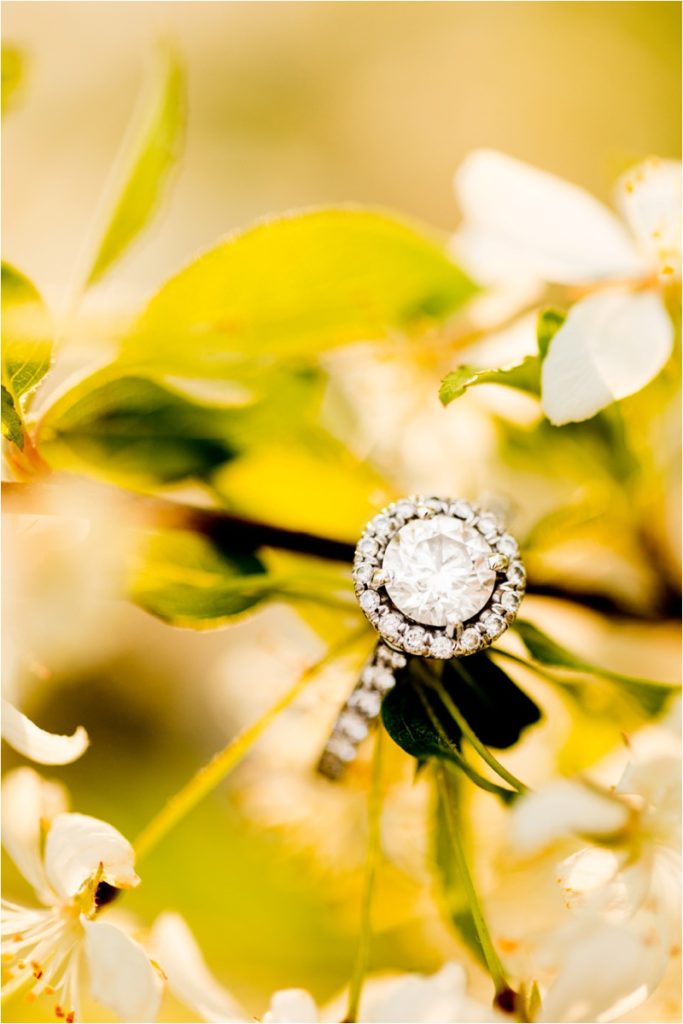
Second shooting at weddings is both an art and a science. You need technical skills, people skills, and the ability to think on your feet. But most importantly, you need to be reliable and professional. When you consistently deliver quality work while being easy to work with, you’ll find yourself in high demand as a second shooter.
Remember, every wedding you second shoot is an opportunity to learn and grow as a photographer. Take note of different shooting techniques, observe how various lead photographers handle challenges, and gradually develop your own style while respecting the primary photographer’s vision. The skills you develop as a second shooter will serve you well throughout your photography career, whether you ultimately choose to become a lead photographer or continue enjoying the unique challenges and rewards of being a trusted second shooter.